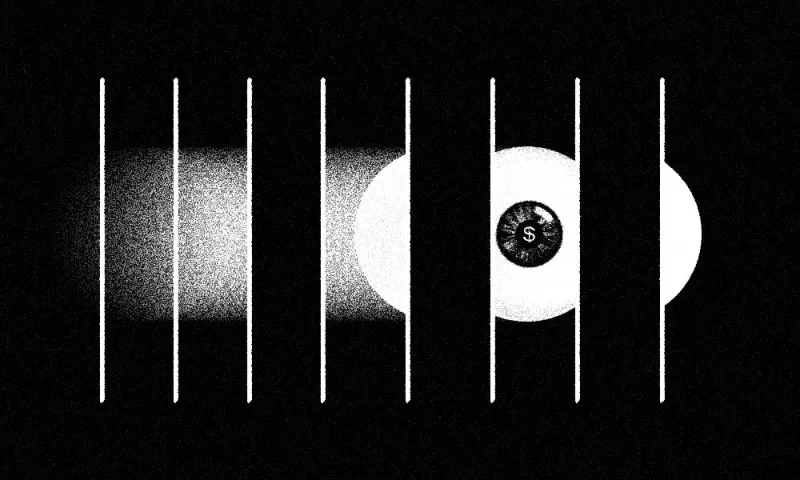Just like they’ve done with equities, bond investors are increasingly replacing their active managers with factor-based funds. But fundamental credit managers may still have a bit of a lock on one factor: managing duration risk.
Duration risk has increased exponentially as interest rates have gone negative in some regions of the world and reached historical lows in the U.S. With active managers under threat not just from traditional index funds, but also rules-based products designed to systematically capture characteristics like value or growth, duration risk — which has proven tricker to program into an algorithm — may be “the last domain of alpha in bonds,” according to Stephen Scott, partner at Duration Capital. The firm provides research on duration management and has built duration models for the U.S., U.K., Germany, and Japan.
As rates fall and new bonds are issued at lower coupons, the embedded duration risk becomes much larger, Scott explained. When rates rise from a low of 1 percent to 2 percent, for example, the duration risk doubles. When rates are at higher levels, jumping from, say, 7 percent to 8 percent, the percentage increase is lower — in this case, 14 percent — and the duration risk is lower.
“Whether you think interest rates will go up or down or even stay low, you still need to manage duration risk,” Scott said.
[II Deep Dive: A Brave New World for Bond Investors]
Still, while duration risk may present an opportunity for active managers, it’s not clear whether or not they’ve been good at managing it so far.
Investors have gotten less than 10 percent of a fixed-income fund’s theoretical return, according to Dalbar, a research firm that measures how much of a fund return accrues to actual investors. That’s far lower than the 40 percent that Dalbar says investors in equity funds walk away with.
Scott attributes the poor fixed income returns to investors freaking out when rates rise and bond portfolios’ net asset values falling in response. These types of losses are expected with stocks, but not with bonds. “People don’t understand the risk associated with duration and fear of the unknown is powerful,” he said.
Most bond fund managers have been schooled in credit risk and know how to analyze a company’s fundamentals, he added. “Everybody has grown up around credit [risk],” Scott said. “You worry about duration second. You’ve had a duration tailwind for 30 years.”
People are now clearly worried about duration risk. According to Morningstar, non-traditional bond funds, which are designed to protect investors from rises in interest rates among other things, have been one of the fastest growing categories ever.
“One of the reasons bond investors, as opposed to those in equities, haven’t moved as fast to passive is they are worried about duration,” said Scott. “They don’t understand bonds as well as they do stocks, so they want somebody watching the portfolio.”
Still, Scott says his firm can passively manage duration for investors, using duration models that rely on some of the most researched and publicly available information out there. According to Scott, active managers will ultimately face competition from factor investors when it comes to duration.
“We look at certain economic and market data, inflation, manufacturing, housing, the yield curve, CPI, jobs report,” he said. “We’re looking for the beta in the data.”







